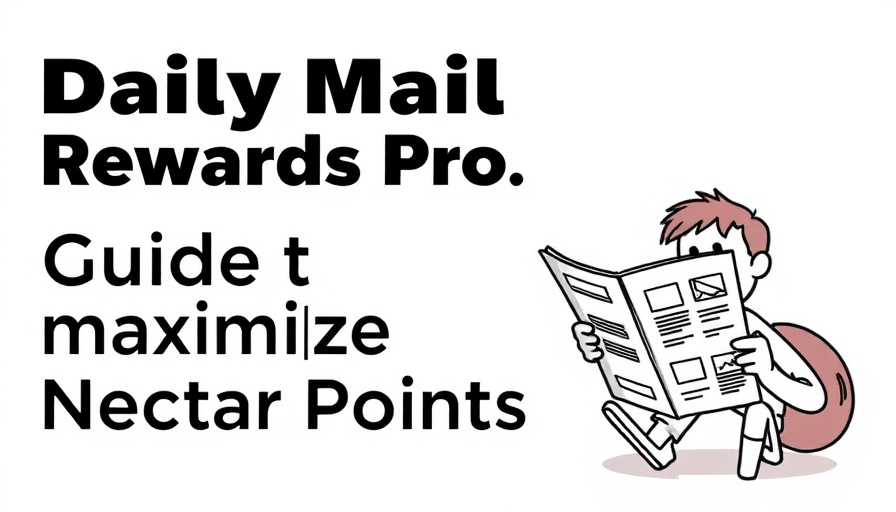
Understanding Credit Card Debt Relief: A Path to Financial Freedom
Credit card debt is an all-too-familiar issue in today's consumer-driven society, where individuals often rely on credit cards for everyday purchases. The debt accumulates quickly, especially when interest charges are factored in. The burden becomes even heavier when individuals find themselves unable to make timely payments, which can trigger a downward spiral impacting their financial stability.
The Consequences of High Credit Card Debt
Carrying significant credit card debt isn’t just stressful; it can severely affect your financial health. Falling behind on payments can lead to a decline in credit scores, which in turn affects future borrowing potential. Additionally, high debt levels can eat away at disposable income, restricting your ability to allocate funds towards crucial needs like education, home improvements, and savings.
Signs You May Need Debt Relief
Recognizing when you need assistance is a crucial first step. Key indicators include:
- Difficulty with Minimum Payments: If making even the minimum payments is becoming a struggle, it's time to seek help.
- Maxed Out Credit Cards: A marked imbalance with multiple cards at or near their limits typically screams for financial intervention.
- Borrowing from Other Sources: Relying on loans or other credit cards to pay off existing debt is a clear warning sign.
- Constant Worrying about Finances: An ongoing anxiety about money is not just a mental burden; it is a signal to explore credit card debt relief.
Steps toward Credit Card Debt Relief
Taking actionable steps can help ease the credit card burden:
- Create a Budget: Assess your financial situation by tracking all spending. This clarity will help identify areas to cut back on expenses.
- Utilize the Debt Snowball Method: Focus on paying off the smallest debts first while maintaining minimum payments on larger debts. This can provide quick wins that motivate further action.
- Consider Balance Transfers: Take advantage of zero or low-interest balance transfer offers. This allows you to consolidate debts and reduce the amount of interest paid over time.
- Open Lines of Communication: Don’t hesitate to reach out to your creditors. They might be willing to negotiate lower interest rates or provide alternative payment plans.
- Professional Guidance: Consulting financial advisors or credit counseling services can pave the way for tailored financial solutions.
Maintaining Momentum in Debt Relief
Consistency is key in your journey toward debt relief. Avoid accumulating new debt while making regular payments against your existing balances. Keeping focus on your goals can transform the journey into a path toward financial independence.
Conclusion: Seek Support
In conclusion, while credit card debt can feel insurmountable, there are effective routes to relief that can restore peace of mind. Support is available, and taking the first steps can lead to a brighter, financially secure future. Take action today—you’re one step closer to financial freedom!
 Add Row
Add Row  Add
Add 



 Add Row
Add Row  Add
Add 


Write A Comment